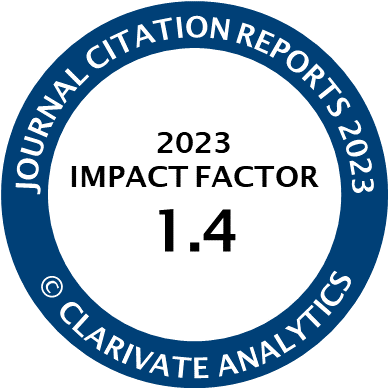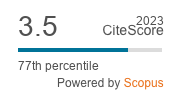Article | Open Access
Structural Embeddedness in Transnational Social Fields: Personal Networks, International (Im)Mobilities, and the Migratory Capital Paradox
| Views: | 1808 | | | Downloads: | 808 |
Abstract: In this article we focus on individuals’ structural embeddedness in transnational social fields (TSFs) and examine how this is related to patterns of international mobility. The main argument is that the structure of TSFs matters for (im)mobility trajectories, and thus all actors (migrants, non‐migrants, and returnees) need to be examined as a whole to obtain a deeper understanding of the role of social networks in processes of transnational mobility. Taking the case of Romanian migrants in Spain as a TSF connecting their place of origin (Dâmbovița in Romania) with their destination (Castelló in Spain), we analyze survey data for 303 migrants, non‐migrants, and returnees, sampled through an RDS‐like binational link‐tracing design. We then categorize types of personal network using an international mobility scale to assess the degree of structural embeddedness in the TSF. An important contribution is the rigorous operationalization of TSF and assessment of the level of migratory capital of each individual. Our results reveal that migratory capital is not always linked positively with high mobility patterns and that its role is strongly related to the overall composition and structure of the TSF.
Keywords: migratory capital; mobility patterns; personal network typology; Romania; Spain; structural embeddedness; transnational social field
Published:
© Renáta Hosnedlová, Ignacio Fradejas‐García, Miranda J. Lubbers, José Luis Molina. This is an open access article distributed under the terms of the Creative Commons Attribution 4.0 license (http://creativecommons.org/licenses/by/4.0), which permits any use, distribution, and reproduction of the work without further permission provided the original author(s) and source are credited.




